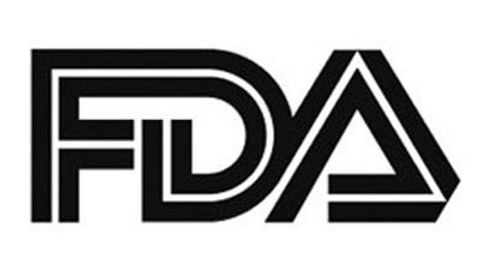Naxitamab With GM-CSF Elicits Response in Patients With High-Risk Neuroblastoma
The combination of naxitamab combined with irinotecan, temozolomide, and sargramostim induced responses in patients with high-risk neuroblastoma.

The combination of naxitamab (Danyelza) and the granulocyte-macrophage colony-stimulating factor (GM-CSF) regimen of irinotecan, temozolomide (Temodar), and sargramostim induced responses in patients with high-risk neuroblastoma, meeting the primary end point of a phase 2 HITS clinical trial, according to an announcement by Y-mAbs Therapeutics, Inc.1
HITS (NCT04501757) is an expanded access program designed to make naxitamab accessible for the treatment of patients who can benefit ahead of an FDA approval. Treatment within the HITS protocol is administered on a compassionate use basis to patients with measurable disease who have not received prior irinotecan or temozolomide. Cycles of the combination are administered 3 to 5 weeks apart. The coprimary end points of the study were complete response (CR) rate after 4 cycles and partial response (PR) rate after 4 cycles.1,2
The study was conducted on 90 patients with heavily pre-treated neuroblastoma of which 8 had chemotherapy-resistant high-risk neuroblastoma (HR-NB).1
In the HR-NB population, naxitamab with GM-CSF achieved an objective response rate (ORR) of 30.6% with a lower, which included CRs in 26% of patients and PRs in 11%. There was also a 9% mixed response rate, a stable disease rate of 27%, and a progressive disease rate of 27%.
In the overall population, the ORR was 64%. This population also had a bone marrow CR rate of 57%. In the subgroup of patients with MYCN-amplified neuroblastoma, the ORR was 25%. In the subgroup with refractory disease, the ORR was 100%, and in the relapsed disease population, the ORR was 61%.
In another subgroup of patients that received prior irinotecan and temozolomide, the ORR was 64% and those who received prior naxitamab achieved an ORR of 68%. Finally, among patients treated with prior dinutuximab (Unutxin), irinotecan, and temozolomide, the ORR was 42%.
Safety results showed that treatment in the study lead to expected myelosuppression and diarrhea as a result of the irinotecan and temozolomide. Moreover, pain, hypertension, and febrile neutropenia were observed as a result of naxitamab treatment. There were unexpected toxicities that were grade 2 or higher and no patients developed an anti-human antibody.
“We are very pleased to present data for the HITS protocol,” stated Thomas Gad, Founder, president, and interim chief executive officer, in a press release. “Responses in patients with relapsed or progressive high-risk neuroblastoma are challenging, as chemotherapy-resistant disease is considered an obstacle, so we are excited to see this study met its primary endpoint. This further demonstrates the potential role for Danyelza in HR-NB. No other GD2 antibody has been studied in such a heavily pre-treated patient population.”
Patients eligible for the HITS protocol are those who ineligible to participate in the pivotal phase 2 study of naxitamab plus GM-CSF (NCT03363373), those with a confirmed diagnosis of neuroblastoma, patients who have achieved a complete remission or better, or with relapsed/refractory disease.2
Full results from the study will be presented during the upcoming 2022 American Society of Clinical Oncology Annual Meeting.1
REFERENCES:
1. Y-mAbs announces naxitamab chemoimmunotherapy investigational trial for high-risk neuroblastoma meets primary endpoint. News release. Y-mAbs Therapeutics, Inc. May 26, 2022. Accessed May 31, 2022. https://yhoo.it/3N1bYFU
2. Naxitamab and GM-CSF in people with neuroblastoma. Clinicaltrials.gov. Updated April 14, 2021. Accessed May 31, 2022.
FDA Approves FoundationOne CDx as Companion Diagnostic for Tovorafenib in Pediatric Low-Grade Glioma
January 17th 2025FoundationOne CDx is now FDA-approved as the first companion diagnostic for tovorafenib, enabling targeted treatment for relapsed/refractory pediatric low-grade glioma with BRAF mutations or rearrangements.
Read More